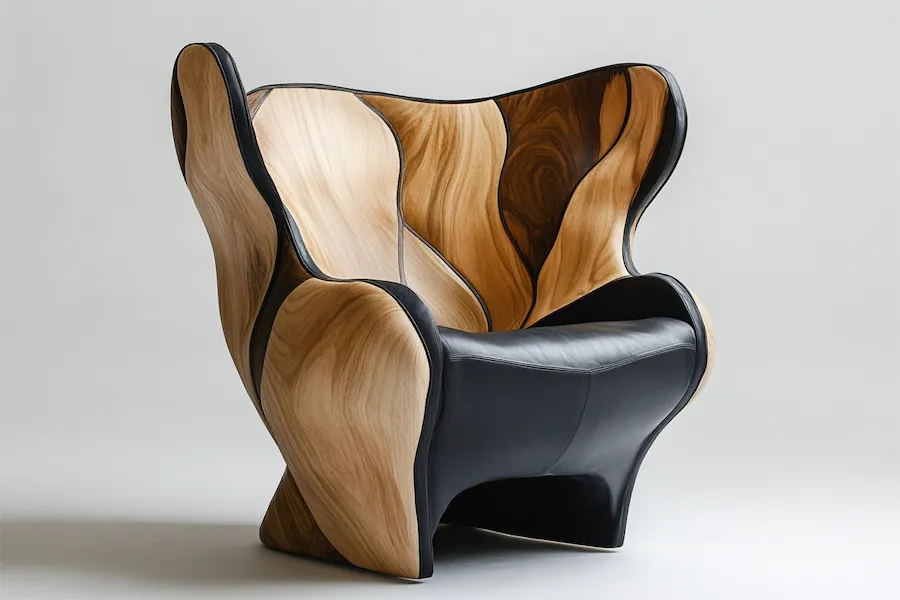Designer chairs are meticulously crafted seating pieces that blend functionality with artistic expression. Created by renowned designers, these chairs often become iconic symbols within the design world, reflecting the era’s cultural and aesthetic values.
History and Origins of Designer Chairs
The evolution of designer chairs mirrors advancements in technology, materials, and artistic movements. In the mid-20th century, the rise of modernism led to the creation of minimalist and functional designs. For instance, the Panton Chair, designed by Danish designer Verner Panton in 1967, was the first-ever molded plastic chair, showcasing innovation in material use and form.
Another notable example is the Wishbone Chair by Hans Wegner, which became the most commercially successful of the more than 500 chairs he designed in his lifetime. Sometimes referred to as a supermodel chair for the number of interior design magazine covers it has graced, it remains a timeless piece in modern interiors.
Key Features of Designer Chairs
Designer chairs are characterized by several distinctive features:
- Innovative Materials: Utilizing materials in novel ways, such as molded plastics, bent plywood, or metal, to achieve unique forms and functionalities.
- Aesthetic Appeal: Emphasizing visual impact, these chairs often serve as statement pieces within a space.
- Ergonomic Design: Balancing form with function, ensuring comfort without compromising on style.
Applications of Designer Chairs
Designer chairs serve multiple purposes across different environments:
- Residential Spaces: Enhancing living rooms, dining areas, or home offices with unique and functional seating options.
- Commercial Settings: Adding sophistication to offices, hotels, or restaurants, creating memorable experiences for users.
- Exhibitions and Galleries: Displayed as works of art, highlighting the intersection of design and craftsmanship.
Considerations When Choosing Designer Chairs
When selecting a designer chair, consider the following factors:
- Authenticity: Determine whether the chair is an original piece, a licensed reproduction, or an inspired design, as this affects its value and quality.
- Material and Construction: Assess the durability and maintenance requirements of the materials used, ensuring they align with your lifestyle and the intended use of the chair.
- Aesthetic Compatibility: Ensure the design complements your existing décor and meets your personal style preferences.
Conclusion
Designer chairs encapsulate the fusion of art and functionality, offering more than just a place to sit. By understanding their history, key features, and applications, you can select a designer chair that not only enhances your space but also serves as a testament to innovative design and craftsmanship.
